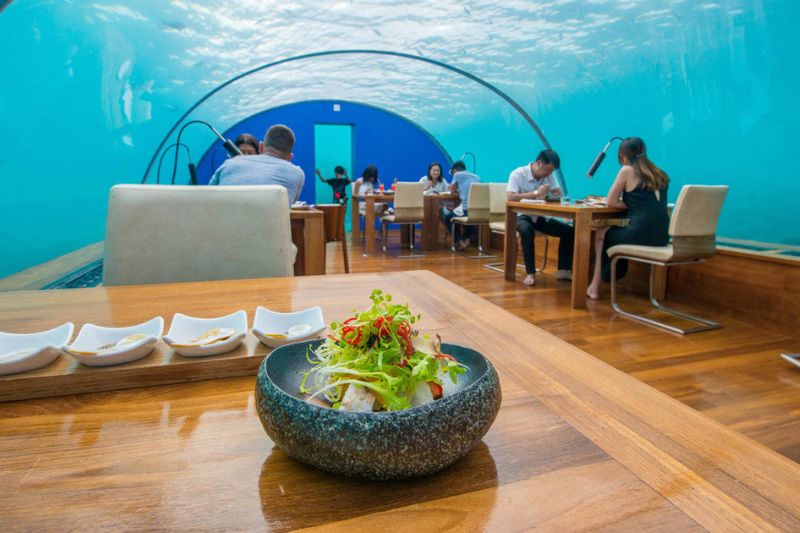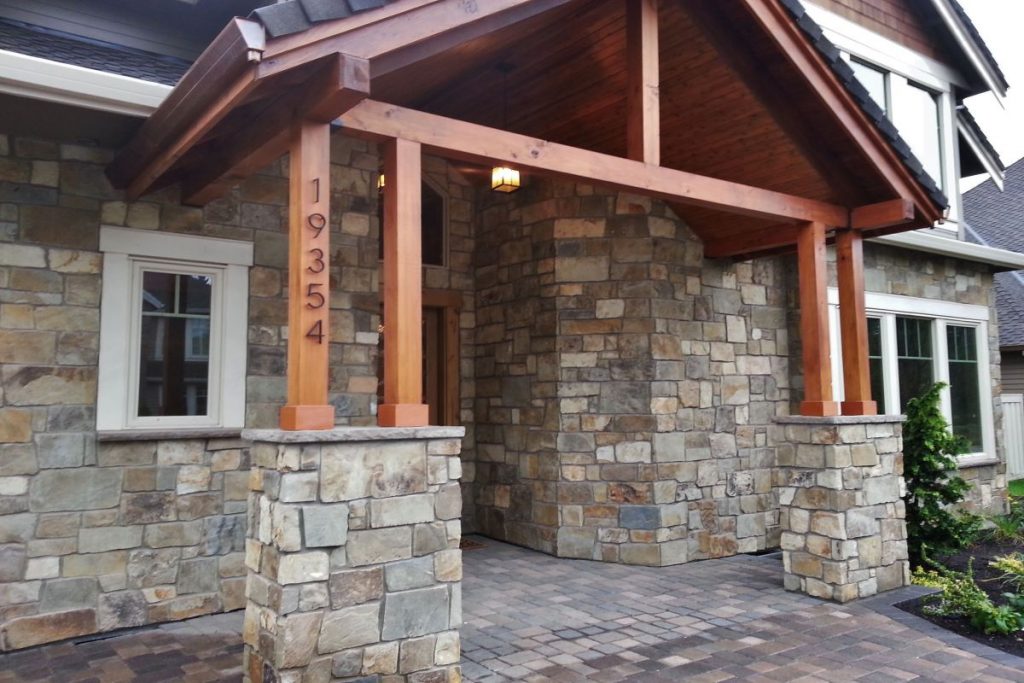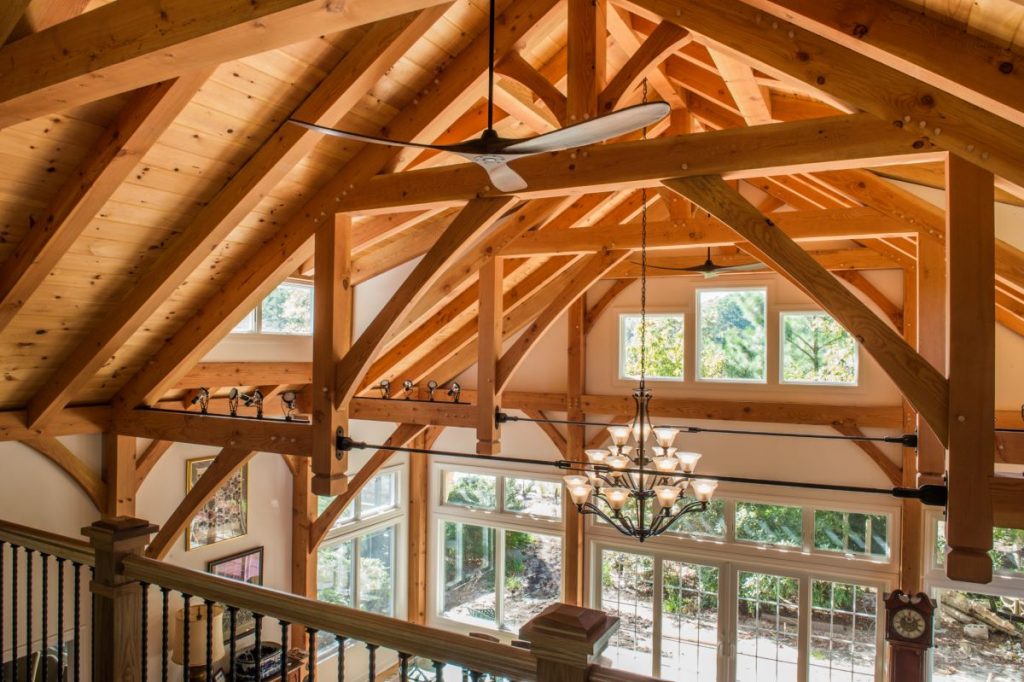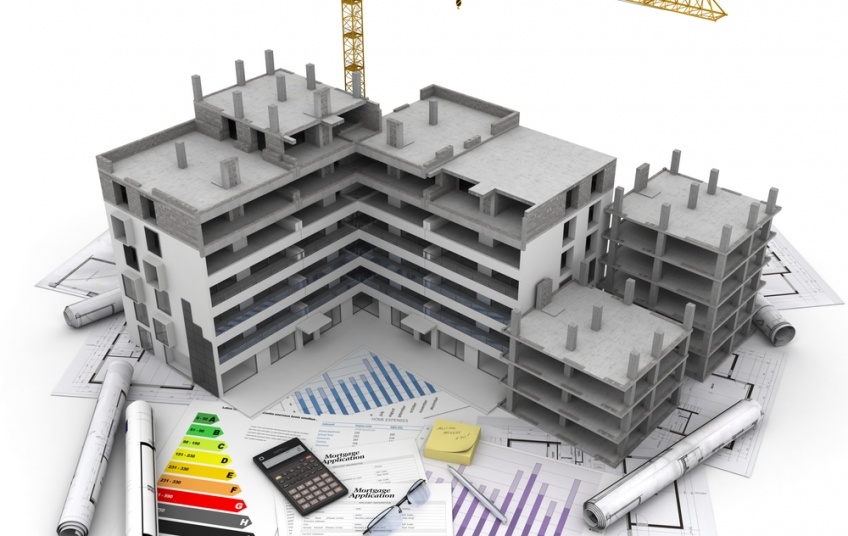Table of Contents
In the quest to conquer every frontier, humanity has turned its gaze to the depths, where the foundation of the future lies submerged beneath the waves. Below-water building, once the stuff of myth and legend, has now become a reality, pushing the boundaries of engineering and design. As we dive into the depths of this fascinating topic, we’ll explore the cutting-edge advancements that make these aquatic marvels possible, shedding light on the techniques and technologies shaping the submerged structures of tomorrow.
The Depths of Innovation
The challenge of building below water is one that has intrigued engineers and architects for centuries. The unique conditions and unfathomable pressures of underwater environments demand solutions that are as innovative as they are effective. From ancient times to the present day, the evolution of below-water building techniques has been driven by necessity and the relentless human spirit to expand our living spaces into every domain.
Modern Methods in Marine Construction
The cornerstone of contemporary below-water construction lies in the mastery of marine concrete pouring, a technique refined over decades of research and practice. At the heart of this process are tremie pipes, a system designed to facilitate the pouring of concrete underwater in a way that prevents the material from dispersing into the surrounding water. This method ensures that the foundation remains strong, cohesive, and impervious to the erosive forces of the sea, setting the stage for the construction of everything from underwater tunnels to artificial reefs.
Sealing the Deal: Waterproofing and Pressure Resistance
Beyond the initial pouring of concrete, the integrity of below-water structures is maintained through advanced waterproofing and pressure-resistant materials. Innovations in polymer science have led to the development of coatings and sealants that can withstand the immense pressures and corrosive elements found in marine environments. These materials are essential in creating habitable spaces that are safe, dry, and durable.
Engineering Ecosystems: The Role of Artificial Reefs
One of the most exciting applications of below-water building is the creation of artificial reefs. These structures not only provide a solution to coastal erosion and habitat loss but also offer a new frontier for marine biodiversity conservation. By mimicking natural reef formations, artificial reefs attract a variety of marine life, fostering ecosystems that can thrive and expand. This harmonious blend of engineering and environmentalism illustrates the potential of below-water building to contribute positively to our planet’s health.
The Human Element: Underwater Habitats and Hotels
The allure of the ocean has also led to the development of underwater habitats and hotels, offering humans a glimpse into the mysteries of the deep. These structures challenge engineers and designers to create environments that are not only structurally sound but also comfortable and visually stunning. The balance between functionality and aesthetics in these underwater domains is a testament to the advancements in below-water building techniques, opening up new possibilities for exploration, research, and tourism.
Navigating Challenges: The Future of Below-Water Building
As the technology and techniques behind below-water construction continue to evolve, so too do the challenges and opportunities. The complexity of working in such an unforgiving environment requires constant innovation and adaptation. The future of below-water building lies in the development of smarter, more sustainable practices that can minimize environmental impact while maximizing safety and efficiency.
Sustainability and Conservation: A New Wave of Building
The next wave of below-water construction focuses on sustainability and conservation, aiming to protect the marine environments we are venturing into. The use of eco-friendly materials and construction methods that do not disrupt marine life is becoming increasingly important. Researchers and developers are exploring ways to blend structural integrity with environmental stewardship, ensuring that our advancements in below-water building contribute to the preservation of marine ecosystems.
Embracing the Unknown: The Ultimate Frontier
Below-water building represents one of the final frontiers in human construction and habitation. As we continue to push the boundaries of what is possible, the lessons learned and technologies developed will not only benefit our endeavors under the sea but also enhance our capabilities in other challenging environments. From space habitats to desert cities, the principles of innovation, sustainability, and resilience that guide below-water construction will light the way.
In summary, the foundations of the future are being laid in the depths below the water’s surface, where innovation meets the infinite possibilities of the underwater world. Through the use of advanced techniques like tremie pipes for concrete pouring, to the development of underwater habitats that offer glimpses into the unknown, below-water building is a testament to human ingenuity and the endless quest for exploration and expansion. As we dive deeper into this fascinating field, the future of below-water construction holds the promise of not only advancing our architectural capabilities but also fostering a harmonious relationship with the marine environments that have captivated our imaginations for centuries.








